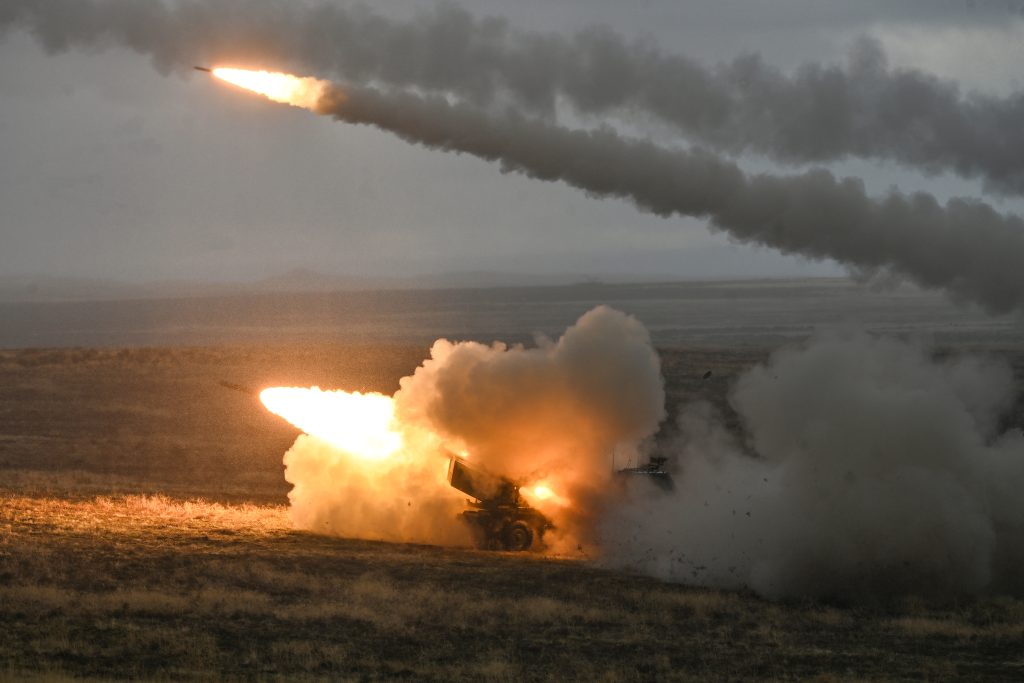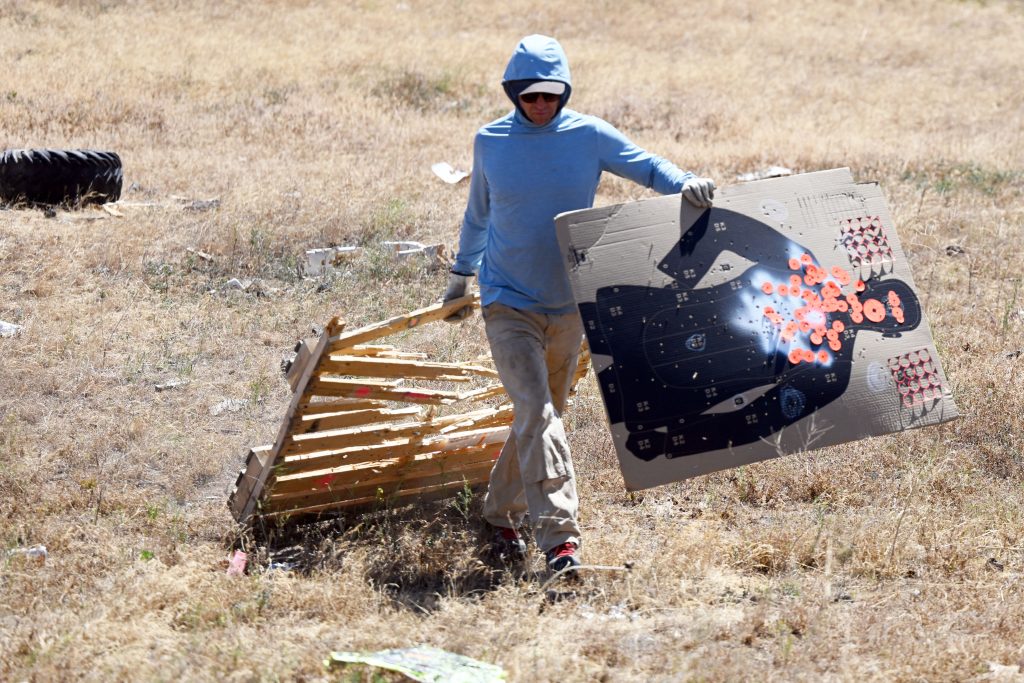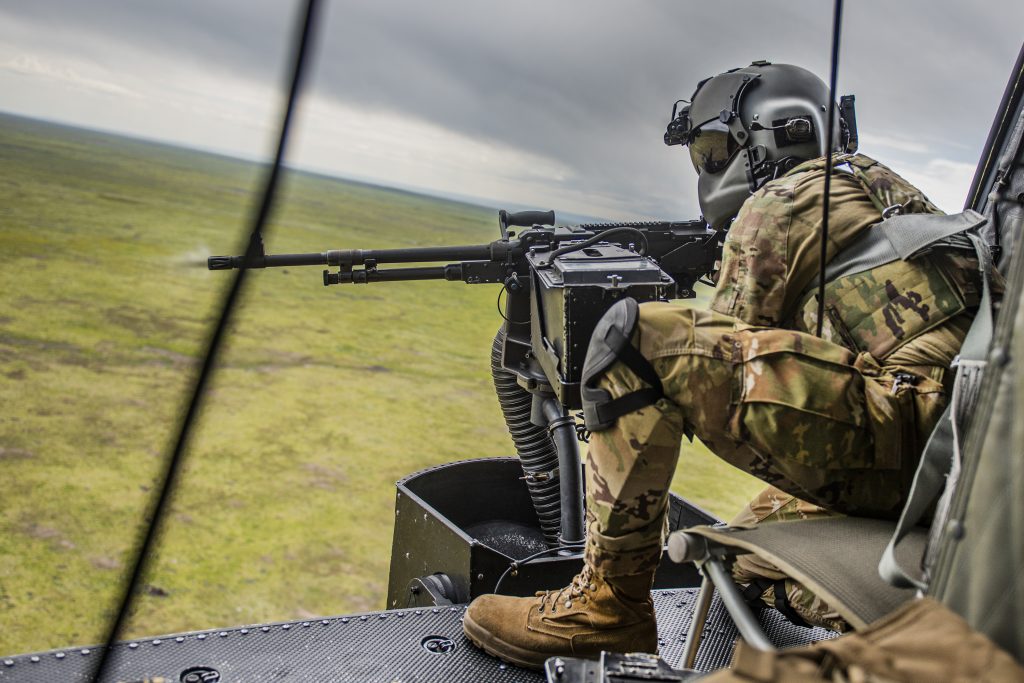Tag: Orchard Combat Training Center
OCTC hosts 17th Field Artillery Brigade for HIMARS training

Guardsmen, Volunteers Clean Up Birds of Prey National Conservation Area

Air Force’s 582nd Helicopter Group trains at OCTC

The Air Force’s 582nd Helicopter Group, conducted aerial gunnery training at the Orchard Combat Training Center April 15-26 to ensure its pilots and flight engineers are ready and able to provide airborne security operations.
The squadron, headquartered at F.E. Warren Air Force Base in Cheyenne, Wyoming, is geographically separated with squadrons in Montana, North Dakota and Wyoming, Its members fly security response missions, enabling key Task Force 214 operations supporting nuclear security missions for 450 intercontinental ballistic missile sites throughout the region.
The training, which incorporated elements from all three states, serves a dual purpose, said Air Force Capt. Nick Curren, a UH-1N Huey pilot and mission commander for the training evolution. Flight engineers are focused on conducting pre-flight weapons checks, remediating weapons malfunctions and engaging targets on the range, while pilots are focused on maneuvering the aircraft to maximize engineers’ opportunities for success. The end result should be a tighter, more proficient crew.
Curren, along with many of his fellow Airmen, is training at the OCTC for the first time. Most of the squadron’s similar training exercises take place at bases in Canada, Minnesota, Utah and Wyoming, but the OCTC’s reputation and amenities made the decision to train in Idaho an easy one, he said.
“We’ve only ever heard good things about the range,” said Curren. “This is also my first time as a mission commander, and the people here have been great about answering all my questions and helping me make sure we are doing everything we need to do to make this a success.”
Idaho’s OCTC is a premier joint combined arms training site with 171,000 acres and 23 world-class ranges.
 Official Government Website
Official Government Website